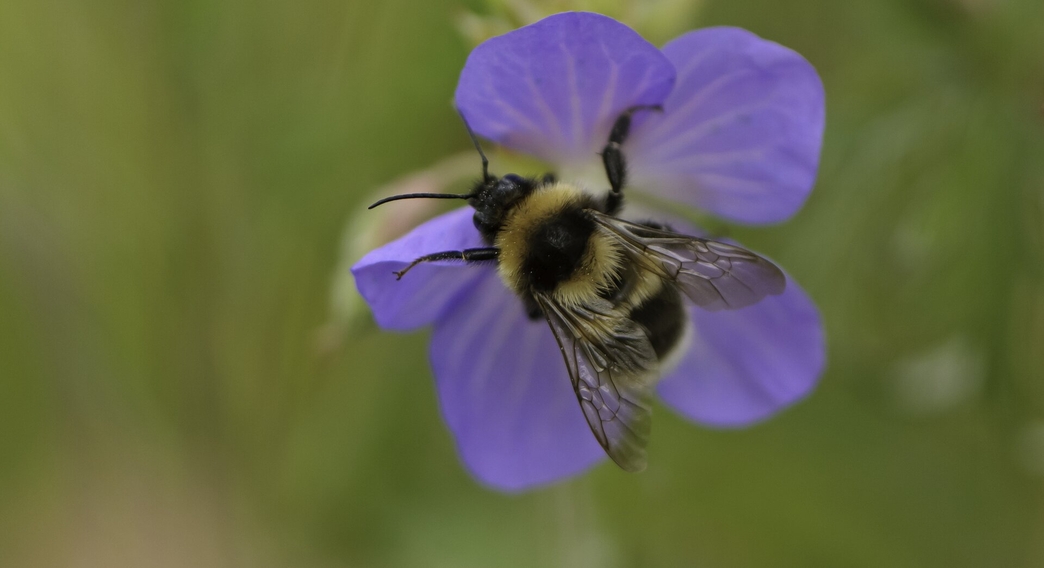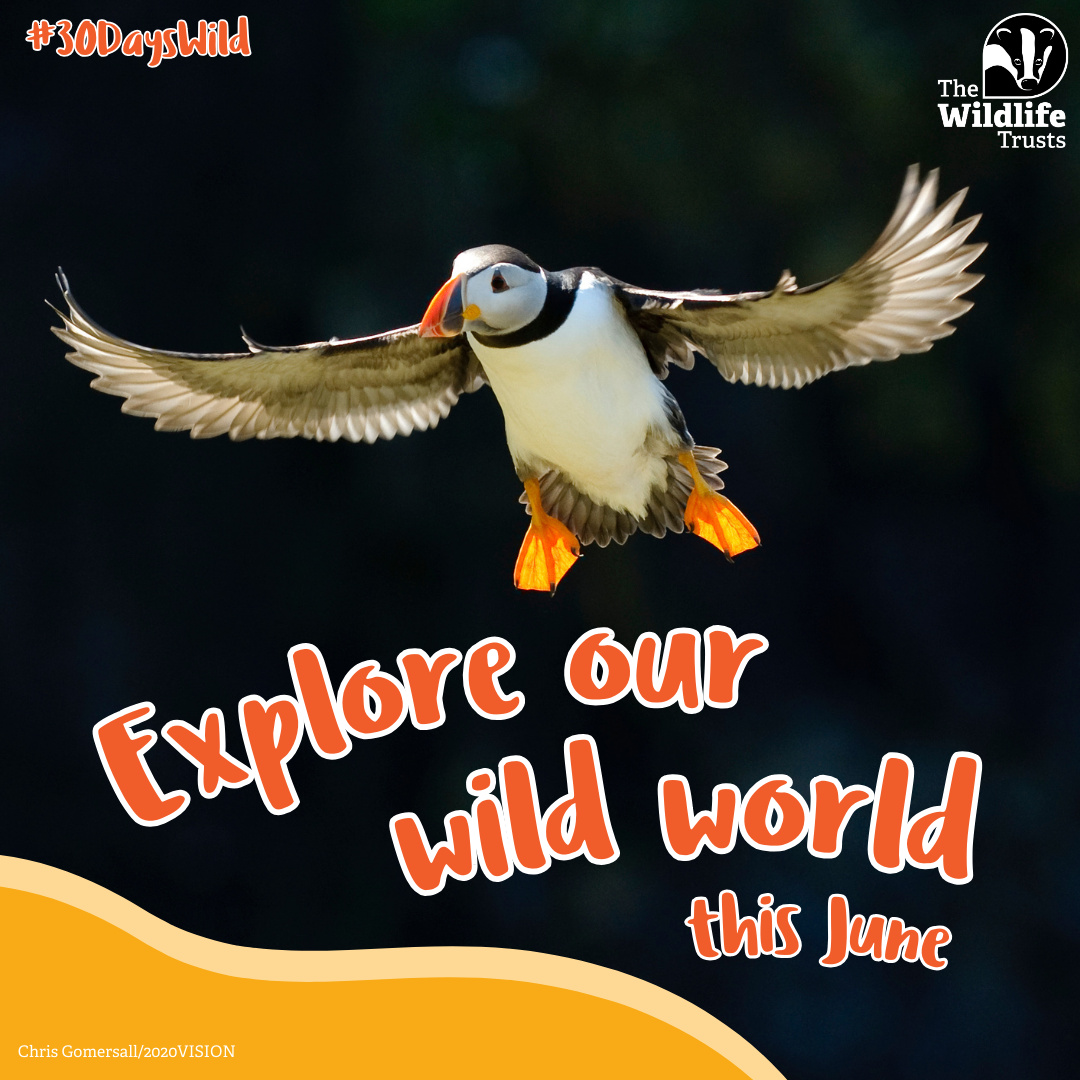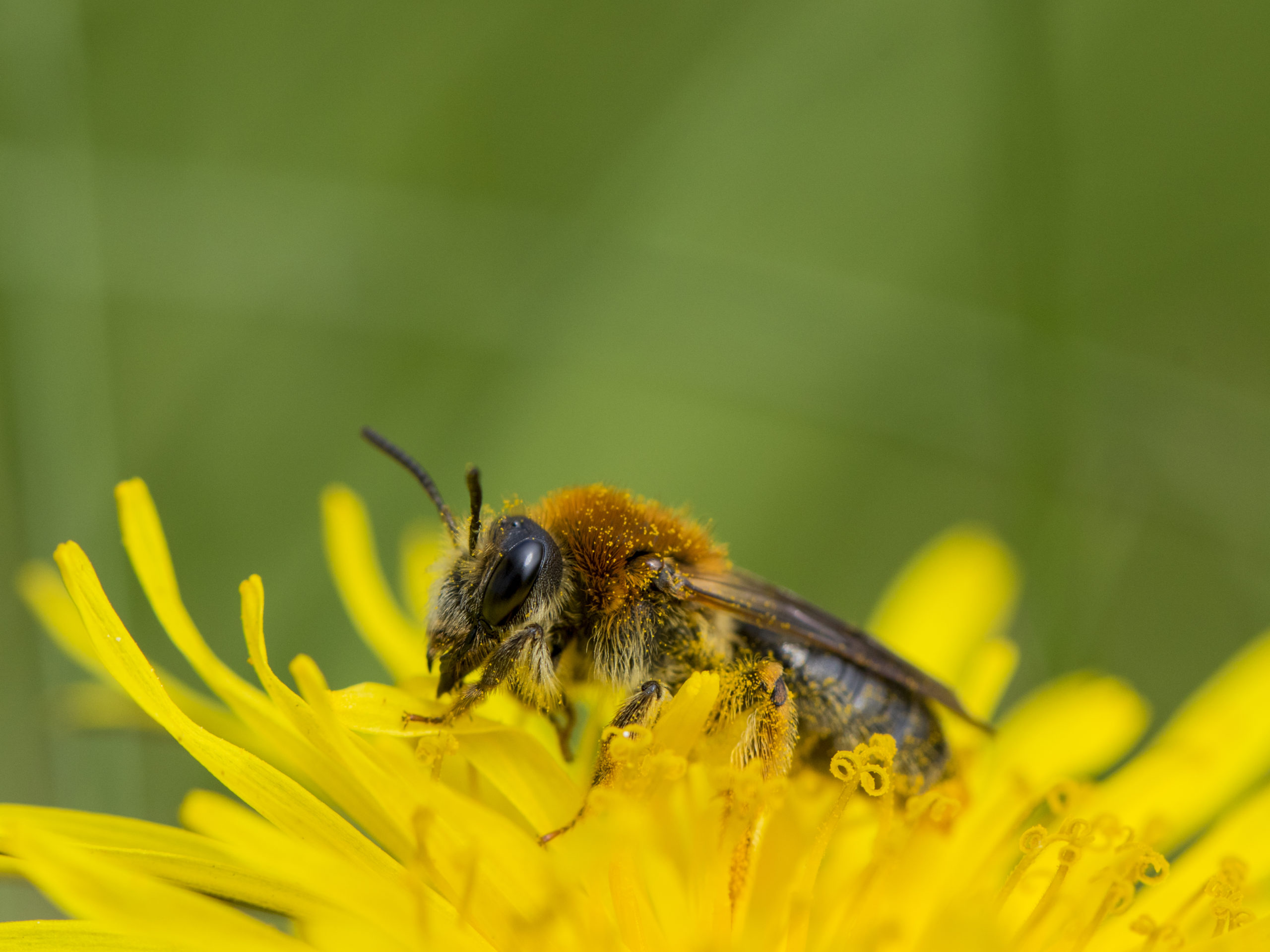Our two-minute survey can score your garden and offer ideas to make it even better for wildlife, but why is this so important?
Compared to a vast forest or a flower-filled meadow, a garden might not seem all that wild. After all, how much life could a small patch of grass, a few flowers and maybe the odd shrub or pond support? The answer is actually quite a lot!
In one famous example, ecologist and keen gardener Jennifer Owen recorded all the wildlife found in her suburban Leicester garden over a 30-year period. In that time, Owen identified 2,673 different species! This impressive total included seven mammals, 23 butterflies, 54 birds, and 442 beetles.
This was just one garden. Imagine how much wildlife could be found across all of the UK’s gardens. It’s estimated that there are over 20 million of them, covering more land than all of our nature reserves combined. This presents a huge opportunity to make more space for nature in the UK, and our nature needs all the help it can get.
A garden doesn’t need to look like a nature reserve to bring benefits to wildlife – though it certainly can! You can let the whole space go wild, or just dedicate a wild corner. It’s all about finding a balance that works for you, whilst providing as many features for nature as possible. Even tiny gardens, balconies, or window boxes can shelter wildlife and offer a pollinator pit stop.
That’s where our wildlife gardening survey comes in. The survey measures four essential features for wildlife: food, shelter, water, and connectivity. Food is the obvious way to attract wildlife – who can resist a free buffet? But it’s not just about putting up bird feeders or leaving out snacks for hedgehogs. It’s important to cultivate natural food sources, like berry-bearing bushes and nectar-rich flowers. Shelter can range from a nest box to a patch of ivy climbing a trellis, or from a bee hotel to a rock pile. It’s all about providing safe places for animals to live and hibernate.
Water is another easy win – it does wonders for wildlife. Adding a pond is one of the best things you can do for wildlife in your garden, but a bird bath, bog, or other watery feature will draw a host of animals looking to drink or bathe. Connectivity is a little harder to visualise, but it’s probably the most important aspect. Gardens need to connect with each other and the wider landscape, helping wildlife move freely. Only by joining up wild spaces across the UK can we truly help wildlife to recover.
The survey also considers how you manage your garden to be in harmony with nature, with simple steps to help provide natural solutions to some of the threats facing our planet, like the climate crisis. It takes just two minutes to complete the survey, and you’ll get a score letting you know how wild your garden is, with tips and ideas for features you could add to bring even more value for wildlife. So, how does your garden score?



